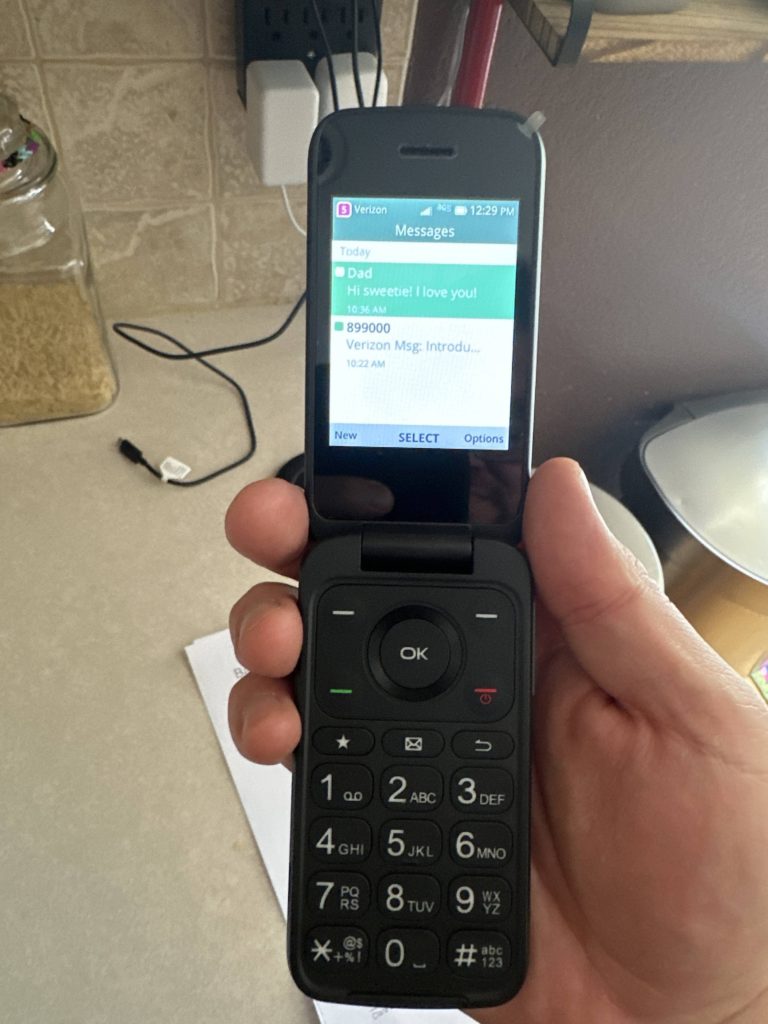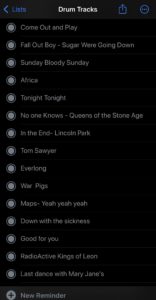My first memorable exposure to computers was when my parents purchased an IBM PS/2, which ran Windows 3.1 on an Intel 286 processor. They bought it in the late 80s, making me an avid Windows user for over 35 years.

I have vivid memories of upgrading to Windows 95, 98, then opting for the NT kernel (starting with NT4 and then moving to Windows 2000). I loved PC’s so much that my 16-year-old self’s dream job was my internship at HP (which turned into a 23-year-long stint).
Needless to say, I’m deep in the trenches of the Windows ecosystem. So why did I decide to make my next upgrade a Mac?

I wanted to prove to myself that I can still learn new technology. While learning OS proficiency isn’t about picking up a new programming language, there is still quite a learning curve when it comes to being efficient in a different OS, especially being the hotkey fanatic that I am.
These M-Chips are outperforming the PC equivalents. Windows ARM chips are starting to come online, but the app ecosystem and refactoring are years behind macOS’s transition. Four years in, virtually every meaningful software title is compatible with the M-Chips.
I wanted to free up my Dell Laptop for my kids. My daughters primarily use tablets and Chromebooks, but they are starting to dabble in photography and digital art, and I want them to feel like they don’t have to wait to use my laptop. My Dell XPS 15 is still quite powerful and will likely handle what they’d like to throw at it.

I ended up going with the M4 MacBook Pro 14″, going with the Pro because I’m doing more with photography, video editing, and graphic design. One of the most significant advancements with the M4 is the ability to plug in multiple monitors at once (it was previously limited to one monitor), which made it easy for me to use all of my home office hardware.

Three months in, the transition has been easier than I expected. It helps that I also purchased a Magic Mouse and configured it to utilize right-clicks (I’m not a big fan of trackpads, even one as well-made as the MacBook’s). I was surprised by how easily it was to get productive on the Mac, although it’s been a challenge keeping the keyboard shortcuts between my Mac and work PC, contemplating the Severance procedure to avoid confusing the CTRL and Command keys.

In setting up my Mac, Homebrew was my first install. Homebrew is a package manager that allows you to install and update software from a command-line interface. For the last five years, I’ve been using Chocolatey and Winget on my Windows machines. Package managers allow you to put together a list and then install dozens of applications all at once.
At that point, it’s been a matter of finding equivalent apps for all of my Windows tools that I’ve relied on over the years. Over the last three months, here are my results, based on my manifest:
| Windows Software | Mac Equivalent (So Far) |
|---|---|
| Adobe Creative Cloud (Photoshop, Lightroom, Illustrator, Premiere) | = (Direct Equivalent) |
| AntRenamer | MacOS Default File Renaming |
| ARSClip | Meccy |
| Audacity | Adobe Audition |
| Bitwarden | = |
| Bleachbit | ? (Haven’t Looked/Found One) |
| Discord | = |
| DrawIO | = |
| DupeGuru | ? |
| FFmpeg | = |
| Freeplane | = |
| Git / GitHub | = |
| Google Drive | = |
| Honeyview | Previews (MacOS) / Pixea |
| Local | = |
| Mullvad VPN | = |
| NanaZip | Keka |
| PowerToys* | Raycast |
| ShareX | MacOS Screenshots |
| SumatraPDF | Preview (MacOS) |
| TeraCopy | ? |
| Visual Studio Code | = |
| Vivaldi (my browser of choice) | = |
| VLC Media Player | = |
| Windows (Remote Desktop) | = |
| Windows Terminal | Warp |
| Zoom | = |
As I explored software, it quickly became apparent how much equivalence exists between the two platforms. There are things I miss from Windows (mainly Honeyview and a lot of the cool features from PowerToys), but it’s been a fun experience evaluating the macOS equivalents. It’s easy to get caught up in finding and installing different utility apps. I’ve been using ChatGPT and the macOS Reddit to find recommendations.
This has been a fun experience, and I am enjoying my Mac, but I don’t think that any of my Windows-loving friends are genuinely missing out. Ultimately, it comes down to computers being tools, and that productivity comes from using the most comfortable tools.



